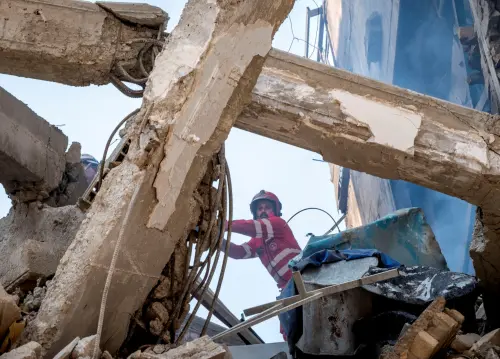Editor’s Note: In
a November 6, 2013 op-ed in The Asan Forum
, adapted from remarks delivered at the Asan Institute for Policy Studies in Seoul on October 4, 2013, Robert Einhorn evaluates the future of nuclear cooperation in the U.S.–South Korean alliance.
The US-ROK Civil Nuclear Cooperation Agreement: Overcoming the Impasse
The United States and Republic of Korea have enjoyed a strong partnership for over 60 years, which has contributed to peace, security, and prosperity in the southern half of the peninsula. It is an impressive success story of which Koreans and Americans can be proud. A significant part of that success is cooperation in the civil uses of nuclear energy, which started out as a one-way street, with the United States, the senior partner, supplying the ROK with equipment and technology to get it started in the nuclear field. Over the years, however, the big brother, little brother relationship has been completely transformed. The United States still has more nuclear reactors than any other country–103, but South Korea has one of the largest and fastest growing programs in the world, with 23 operating reactors and plans to nearly double both that number and the share of ROK electricity generated by nuclear power. It has emerged as a major player in the worldwide nuclear market, with its US$20 billion deal with the UAE and hopes to export about 80 reactors by 2030. Nuclear cooperation is no longer a one-way street. Westinghouse is a sub-contractor to KEPCO in the UAE project. ROK firms, especially Doosan, are providing reactor vessels and other heavy components to the AP1000 reactors being built in the states of Georgia and South Carolina. In nuclear energy research and development, South Korea is one of America’s major partners, if not the major partner.
In the last couple of years, a question mark has appeared over this vibrant partnership because of difficulties in concluding a successor agreement to replace the current 123 civil nuclear agreement. With the clock running out on the current agreement, and the two sides still divided on a central issue, they decided earlier this year to extend it for two more years, giving them more time to find a solution and to ensure that nuclear cooperation can continue without interruption. The two met in early October in Washington. I understand they made further progress on secondary issues, but differences remain on the central issue. Some observers have seen this disagreement as a clash of competing and incompatible objectives and a litmus test of the alliance. Some have predicted a train wreck. I do not share this gloomy assessment. The issues are difficult, the stakes substantial, and the disagreement does have the potential to disrupt nuclear cooperation and become a significant irritant in the bilateral relationship, but I am confident that agreement will be reached in time. Not only will the successor agreement allow mutually beneficial nuclear cooperation to continue, it will elevate cooperation to a new level. I am confident not only because enduring bonds of friendship have always enabled the two to overcome seemingly intractable difficulties, but also because time works in favor of finding a mutually acceptable solution. For the most pressing, near-term challenges, we have proven, well-understood solutions. For longer-term challenges that require more research and collaborative effort to understand available options and make the right choices, we can afford to take more time.
The Brookings Institution is committed to quality, independence, and impact.
We are supported by a diverse array of funders. In line with our values and policies, each Brookings publication represents the sole views of its author(s).



Commentary
Op-edThe ROK-U.S. Alliance
November 6, 2013